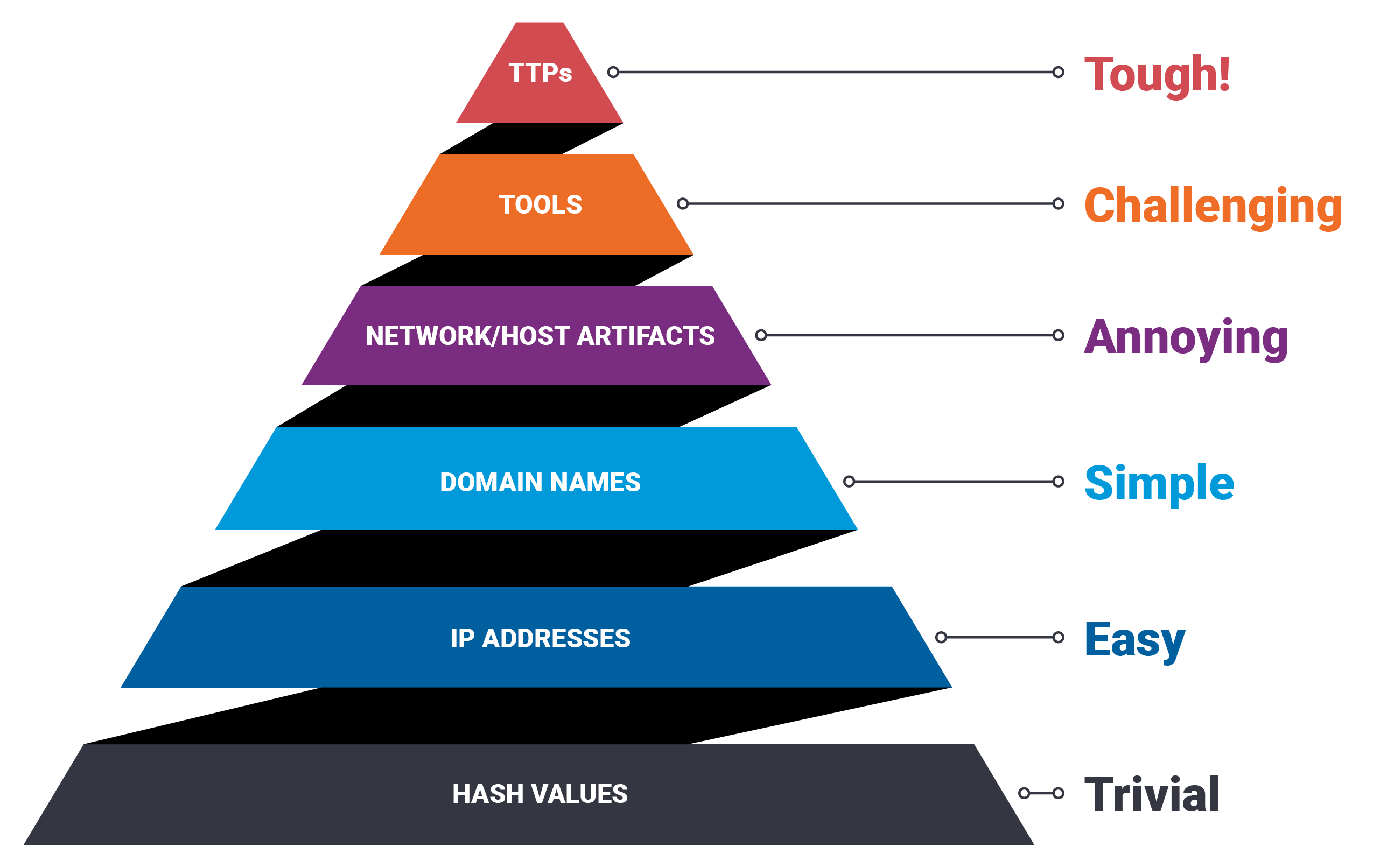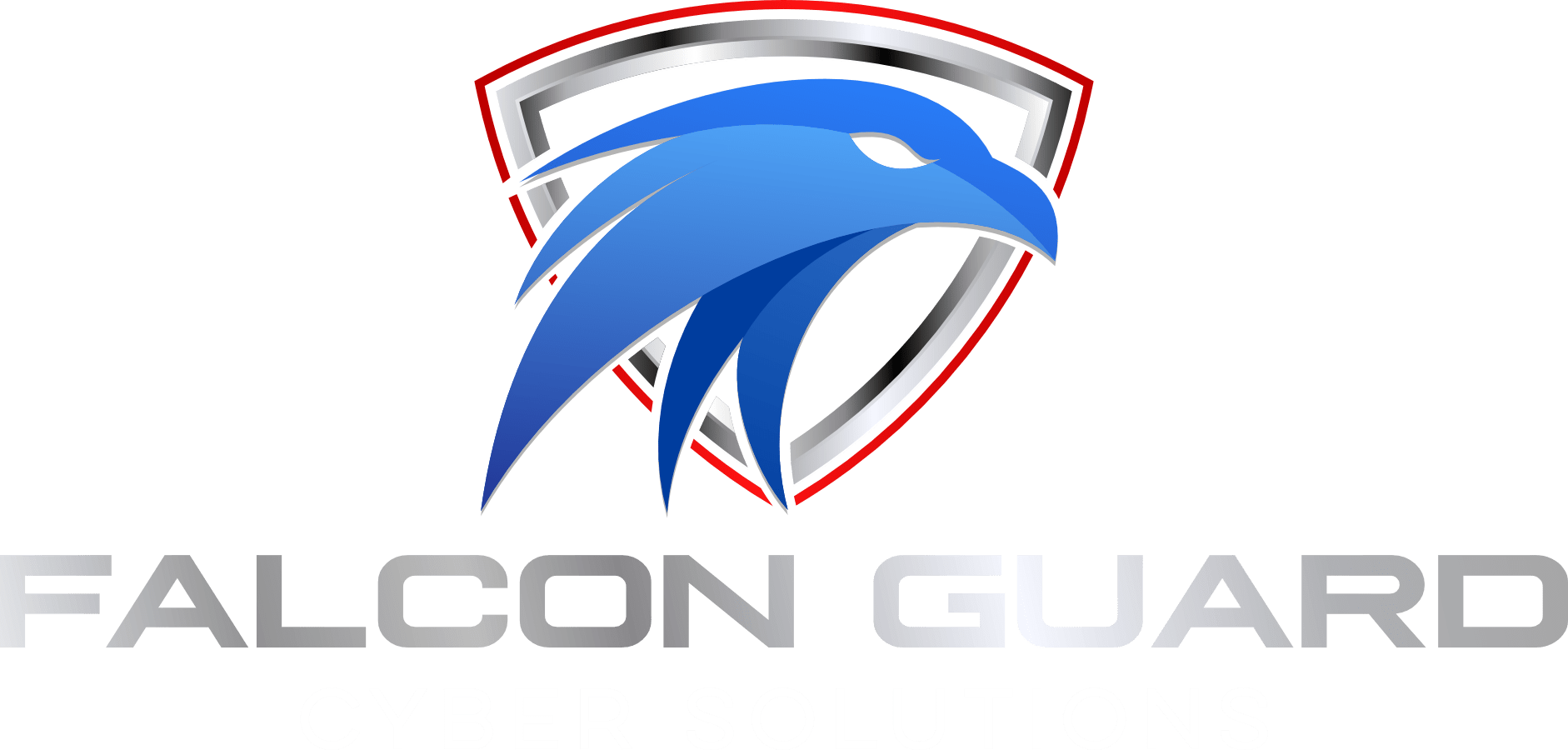A Comprehensive and Practical Approach to Effective Threat Hunting
Threat hunting, at its core, is a proactive endeavor aimed at uncovering hidden or emerging threats within your environment. It differs from traditional, reactive security practices in that it doesn’t rely solely on known indicators or triggered alarms. Instead, it seeks to anticipate and detect malicious activities that have gone undetected before they escalate into full-blown incidents. Yet, many practitioners find themselves asking: Where do I start? How do I ensure I’m not wasting time and resources chasing down irrelevant leads?
The answer lies in a methodical, time-tested approach that capitalizes on relevant, timely, and high-quality threat intelligence. By zeroing in on the data and threats that actually matter to your organization—those aligned with your technology stack, network architecture, and current threat landscape—you can streamline your efforts and increase the likelihood of discovering meaningful leads. The goal is not only to be thorough but also to be efficient, ensuring that your hard work translates into actionable insights.
To bring order to the chaos of threat hunting, consider these six phases: Collect, Evaluate, Hypothesize, Plan, Automate, and Scale. Each step builds on the last, guiding you from intelligence gathering all the way through a sustainable, scalable threat hunting practice.
 1. Collect
1. Collect
The first step is to gather relevant threat intelligence from reputable, varied sources. This might include commercial threat feeds, industry-specific Information Sharing and Analysis Centers (ISACs), vendor advisories, government alerts, and trusted security researchers. As you ingest this intelligence, your primary aim is to separate the wheat from the chaff—quickly filtering out intel that doesn’t apply to your environment.
For example, if you receive an alert about an exploit targeting a Fortinet firewall vulnerability but you don’t have any Fortinet products deployed, this intel can be safely dismissed. On the other hand, if the intel points to a newly discovered Remote Code Execution (RCE) flaw in a Palo Alto Networks firewall and your network perimeter relies on PANW devices, set that alert aside for more thorough analysis. The same goes for software versions, configurations, and features. If a critical vulnerability only affects systems running a certain software release or a particular licensed module, confirm that your environment matches those criteria. By quickly filtering out noise and focusing on data that pertains directly to your systems, you streamline your efforts and save valuable time.
2. Evaluate
Once you’ve filtered out irrelevant information, the next step is to evaluate the remaining intelligence in more detail. Consider the context in which a vulnerability or threat operates. Is the affected system an internet-facing device like a VPN gateway, a load balancer, an email filter, or a perimeter firewall? Publicly accessible systems often serve as the initial attack vector for cybercriminals, making them high-priority points of interest. Attackers tend to gravitate towards publicly exposed systems, as these devices frequently lack the same depth of Endpoint Detection and Response (EDR) coverage as internal endpoints.
During evaluation, also consider how threat actors might exploit the vulnerability and what the resulting compromise could look like. Is this a low-complexity attack that even unsophisticated actors could leverage? Or is it something requiring specialized knowledge and tooling, possibly pointing to more advanced threat groups? Understanding these nuances helps you gauge the likelihood of an active threat within your environment.
3. Hypothesize
If the intelligence remains relevant and credible, it’s time to craft a hypothesis. A hypothesis in threat hunting is essentially an informed guess: “Threat actors may have exploited [vulnerability/technique] on our [system or technology] to gain initial access.” Ground your hypothesis in the intelligence at hand. For example, if the intel states that attackers are currently leveraging an RCE vulnerability in a widely deployed firewall to achieve initial entry, hypothesize that your perimeter firewall may have been targeted.
This hypothesis acts as a guiding star for your investigation. It focuses your attention and spares you from wandering aimlessly through logs and telemetry. Think of it as a scenario you’re trying to confirm or refute. By firmly stating what you suspect, you establish the criteria for what would constitute evidence of compromise (e.g., unusual logins, tampered configuration files, suspicious command execution, or unexpected network traffic).
4. Plan
Once you have a well-defined hypothesis, the next step is to plan your actual hunt. Start by identifying where and how you’ll gather the data needed to verify or disprove your assumption. Will you rely on your SIEM to query relevant log sources, such as VPN logs, firewall activity records, DNS queries, or web traffic? If your SIEM doesn’t contain the required logs, can you pull them from other tools, EDR platforms, or packet capture systems? If none of these exist, consider enabling more verbose logging, collecting forensic images, or leveraging built-in device logs accessed via command-line interfaces (CLIs).
The planning phase should also outline the specific Indicators of Compromise (IOCs), tactics, techniques, and procedures (TTPs), and system artifacts you’ll search for. A strong plan might resemble a blueprint, identifying not only which data you’ll review but also which queries or commands you’ll run, what timeframe you’ll investigate, and how you’ll handle findings that require follow-up (such as suspicious hits that need deeper analysis).
5. Automate
With your plan in hand, look for ways to automate repetitive or time-consuming tasks. Threat hunting often involves running multiple queries or searching through large volumes of logs for specific patterns. Instead of manually running each command, build scripts—using Bash, PowerShell, or Python—that streamline these operations. For example, if you need to grep logs for a known malicious command, create a script that executes all your grep searches at once. Automation ensures consistency, reduces human error, and dramatically cuts down on the time it takes to process and analyze large datasets.
Automation also sets the stage for integration with more advanced tools like SOAR platforms, which can further orchestrate your threat hunting workflows. By minimizing manual effort, you gain the flexibility to pivot quickly if your initial search criteria yield few results, or to expand your search criteria without a massive time investment.
6. Scale
Lastly, as you refine your process, look for opportunities to scale your threat hunting efforts. The lessons you learn during each hunt—successful or not—can help you establish baselines, build reusable tools, and shape future hunts. Integrate your scripts and query sets into your SIEM, or store them in a centralized repository. Over time, you’ll develop a library of proven methods and techniques that you can rapidly deploy when new intelligence emerges.
Scaling isn’t just about handling more data. It’s about evolving your program so it becomes more responsive to changing threats, more aligned with your organization’s risk profile, and more efficient in terms of resource utilization. As your methods mature, you can even share playbooks and best practices across teams—such as incident response, vulnerability management, and IT operations—fostering a richer security culture.
In Summary
Threat hunting doesn’t have to feel like an uphill battle. By following a structured approach—Collect, Evaluate, Hypothesize, Plan, Automate, and Scale—you can transform what might seem like a chaotic endeavor into a systematic, efficient, and highly effective practice.
- Collect: Gather relevant intel and discard what doesn’t apply.
- Evaluate: Determine which threats truly matter to your environment.
- Hypothesize: Form an educated guess on how adversaries may have infiltrated your systems.
- Plan: Lay out a clear roadmap for where and how you’ll find evidence.
- Automate: Turn manual checks into scripts and repeatable processes.
- Scale: Evolve your capabilities, reuse proven methods, and strengthen your overall resilience.
By embracing these steps, your threat hunting efforts will become more targeted, timely, and capable of staying one step ahead of determined adversaries. In an era where the threat landscape changes almost daily, the ability to cut through the noise and act on what truly matters is not just a skill—it’s a strategic advantage.
